General description
FBLIM1 (filamin binding LIM protein 1) is present at the cell-cell adhesion areas. The protein has the amino-terminal, proline rich-region and carboxy-terminal LIM (LIN-11, ISL-1 and MEC-3) domains. It is commonly referred to as migfilin.
Immunogen
Filamin-binding LIM protein 1 recombinant protein epitope signature tag (PrEST)
Application
All Prestige Antibodies Powered by Atlas Antibodies are developed and validated by the Human Protein Atlas (HPA) project and as a result, are supported by the most extensive characterization in the industry.
The Human Protein Atlas project can be subdivided into three efforts: Human Tissue Atlas, Cancer Atlas, and Human Cell Atlas. The antibodies that have been generated in support of the Tissue and Cancer Atlas projects have been tested by immunohistochemistry against hundreds of normal and disease tissues and through the recent efforts of the Human Cell Atlas project, many have been characterized by immunofluorescence to map the human proteome not only at the tissue level but now at the subcellular level. These images and the collection of this vast data set can be viewed on the Human Protein Atlas (HPA) site by clicking on the Image Gallery link. We also provide Prestige Antibodies® protocols and other useful information.
Biochem/physiol Actions
FBLIM1 (filamin binding LIM protein 1) plays an important role in association between the cell membrane and the actin cytoskeleton. It mainly interacts with MIG-2 (mitogen-inducible gene 2 protein), filamin and VASP (vasodilator-stimulated phosphoprotein), thus controlling cell shape and movements. In cardiomyocytes, it interacts with transcription factor CSX/NKX2-5 (cardiac-specific homeobox) and enhances the differentiation. The FBLIM1 gene is upregulated in osteoarthritis chondrocytes and might be involved with osteoarthritis pathogenesis. In various carcinoma cells, the FBLIM1-associated signaling in disrupted which leads to abnormal Src activation and anoikis resistance in cells. This gene is downregulated in breast cancer cells. In esophageal cancer cells, it suppresses invasion partly by enhancing degradation of β-catenin. However, in glioma cells FBLIM1 promotes migration as well as invasion.
Features and Benefits
Prestige Antibodies® are highly characterized and extensively validated antibodies with the added benefit of all available characterization data for each target being accessible via the Human Protein Atlas portal linked just below the product name at the top of this page. The uniqueness and low cross-reactivity of the Prestige Antibodies® to other proteins are due to a thorough selection of antigen regions, affinity purification, and stringent selection. Prestige antigen controls are available for every corresponding Prestige Antibody and can be found in the linkage section.
Every Prestige Antibody is tested in the following ways:
- IHC tissue array of 44 normal human tissues and 20 of the most common cancer type tissues.
- Protein array of 364 human recombinant protein fragments.
Linkage
Corresponding Antigen APREST70103.
Physical form
Solution in phosphate-buffered saline, pH 7.2, containing 40% glycerol and 0.02% sodium azide
Legal Information
Prestige Antibodies is a registered trademark of Sigma-Aldrich Co. LLC
Disclaimer
Unless otherwise stated in our catalog or other company documentation accompanying the product(s), our products are intended for research use only and are not to be used for any other purpose, which includes but is not limited to, unauthorized commercial uses, in vitro diagnostic uses, ex vivo or in vivo therapeutic uses or any type of consumption or application to humans or animals.
- UPC:
- 41105328
- Condition:
- New
- Weight:
- 1.00 Ounces
- HazmatClass:
- No
- WeightUOM:
- LB
- MPN:
- HPA025287-100UL












